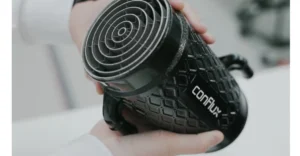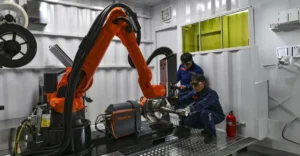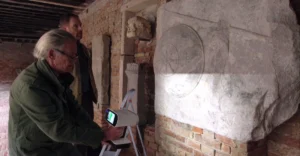Researchers have developed a bioink with microfibers that mimics blood capillaries to improve nutrient delivery in printed tissues.
The report published in biofabrication brings to light that The Natural and Medical Sciences Institute in Reutlingen, TU Darmstadt, in colloboration with Black Drop Biodrucker GmbH, have developed a new bioink which enhances the transport of nutrients in 3D-bioprinted tissues.
The research team incorporated electrospun microfibers into bioinks, creating fibers with diameters of 5-10 μm that approximate the size of blood capillaries.

With a span between 5–10 µm, ‘These fibers fall within the size of blood capillaries and mark a considerable step forward in our bioink design,’ said Dr. Hanna Hartmann, one of the patenting inventors and Head of Division at NMI.
Jannik Stadler, site manager of the company Black Drop Biodrucker GmbH, commented, “The fibers now measurably improve this transport. The remarkably exciting finding for us is that they do not even have to be hollow inside.”
As per the Institute for Printing Machines and Printing Processes at TU Darmstadt, doctoral student Annabelle Neuhäusler states that the new bioink also features better mechanical strength and lower swelling.
There may be advances in cell culture models aligned with the goals of pharmaceutical testing that aim to minimize cruelty to animals as well as allow broader in vitro testing tailor-made for individual patients. Moreover, the bioink appears useful in the context of regenerative medicine where ease of handling, control of size and geometry, as well as material strength become important for surgical uses.
Read more : Farsoon Expands Large-Scale 3D Printing with FS1521M-U at TCT Asia
3D bioprinting involves the application of living cells, hydrogels, and other biological substances to form tissue-like structures. The addition of microfibers could play a major role in solving one of the major problems in the field.
































